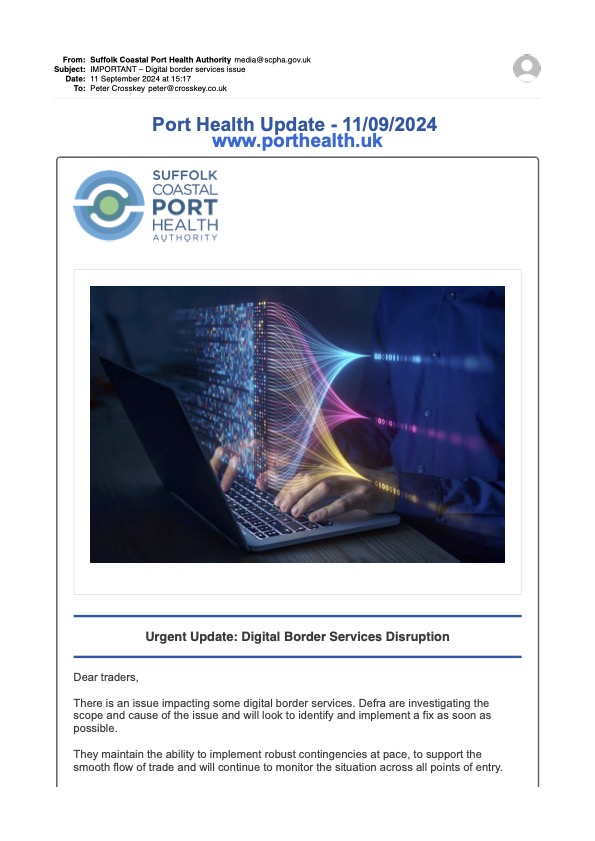Turn the clock back to 2013 and the UK was divided over its membership of the European Union. Given the vehemence of the anti-EU campaigners, buoyed up with sympathetic media treatment, the 4% majority in 2016 was hardly a ringing endorsement for such a major change. The most memorable slogan of the time was “Brexit means Brexit.” Not surprisingly, there were also opportunities to use Machiavellian creativity to plug gaps in the Leave campaign.
It was a time in British politics when the civil service was flexing its muscles and in a position to engineer bids for power with a free hand, actively encouraged by Tory grandees like Francis Maude. Running the Cabinet Office, Maude had a new vision for the Civil Service, which was going to be set free from such tawdry constraints as public service: it was to be redefined and rewritten using People Impact Assessments (PIAs). The Cabinet Office led the way, setting up hybrid public/private joint ventures and mutuals in a bid to gain the best of both worlds, so to speak. These were not just government departments on steroids, these were new power structures of a sort that could be presented as a public service and a commercially savvy business at the same time.
The first employee-driven joint venture was the Behaviour Insights Team (often referred to as “the nudge unit”) which opened for business in March 2013. Here is what was said at the time (https://www.gov.uk/government/news/government-launches-competition-to-find-a-commercial-partner-for-the-behavioural-insights-team):
“The government’s Behavioural Insights Team will take its first step to becoming a profit-making joint venture today as the Cabinet Office launches a competition to find a commercial partner for the business. Less than three years after it was set up in the Cabinet Office the team is the first policy unit set to spin off from central government. This has been employee-led as the staff of the BIT have driven the process and will continue to run the organisation.
“The team was established to find ways of encouraging, supporting and enabling people to make better choices for themselves. Since then it has delivered rapid results – identifying tens of millions of pounds of savings, spreading understanding of behavioural approaches within government, and developing a reputation as a world leader in its field. Demand for its services from within government, the private sector and foreign governments has grown significantly.”
The decade was to see a blurring of the distinction between public servant and executive power. If political factions ever needed to inject reliable, hand-picked people to oversee critical functions in the political process, a joint venture with a government department takes a lot of beating.
Networking and data services have been at the heart of a number of government joint ventures, with the government’s 25% stake being sold off at the end of the first ten years. So it was that the French business Sopra Steria bought out the Cabinet Office’s stake in Shared Services Connected Ltd in October 2023. Here is what they said at the time:
“The transition from joint venture to wholly owned subsidiary will not affect the management, employees, clients, or services of the business, which has delivered significant savings and value for money for the taxpayer.
“Since Sopra Steria founded the company with the Cabinet Office in 2013, SSCL has become the largest provider of critical business support services for the UK Government, Ministry of Defence, Metropolitan Police Service, and the Construction Industry Training Board (CITB), delivering shared services at scale.”
It is not uncommon for IT suppliers to be over-confident about their system’s ability to cope and there are signs that all is not well at the points of delivery in the UK. Dover issued a note to port users in early June, seeking details of operational failures with BTOM. Invoicing for the Brexit border tax has been plagued with errors, including double-billing.
Ten years ago, there can be little doubt that Francis Maude knew and understood the Sopra Steria motto of the day: “The world is how we shape it.” Reality has since dawned on the management and it has been withdrawn.



